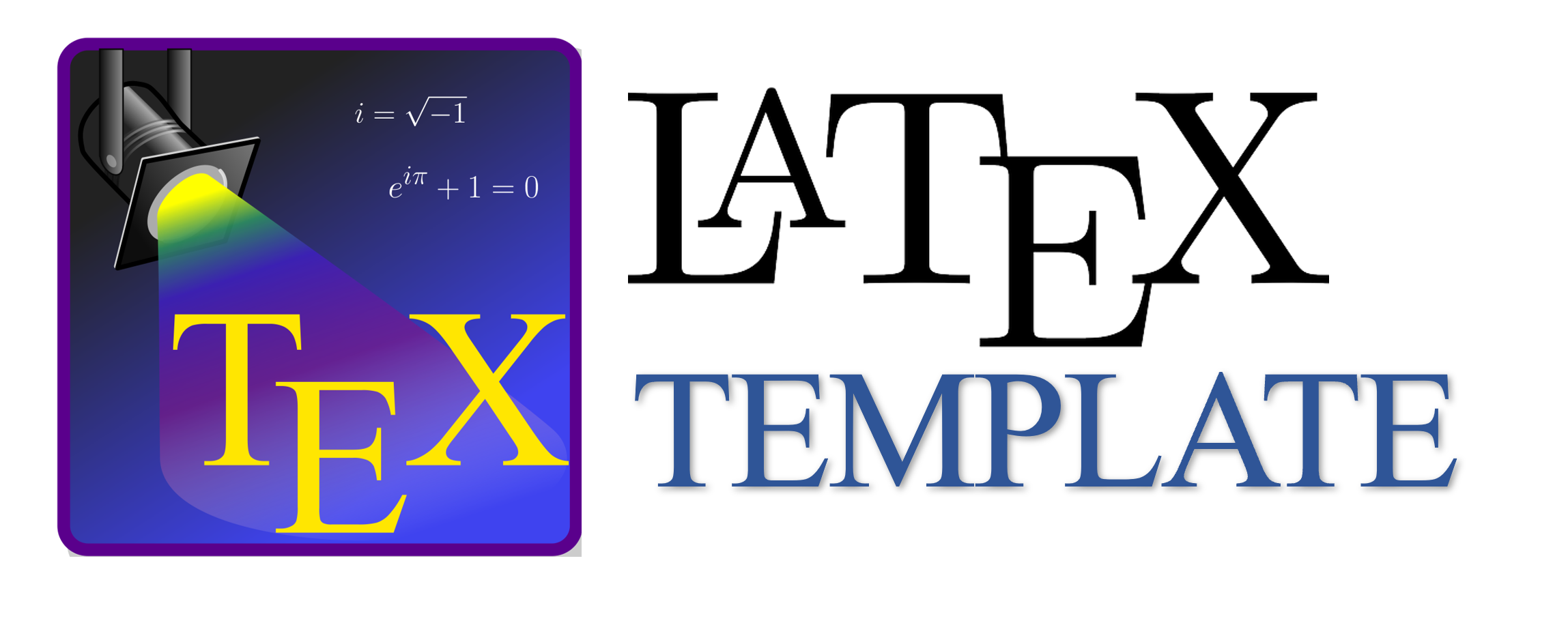Metode AdaBoost dan Random Forest untuk Prediksi Peserta JKN-KIS yang Menunggak
Abstract
Keywords
Full Text:
PDFReferences
J. Pustejovsky and A. Stubbs, "Natural Language Annotation for Machine Learning - a Guide to Corpus-Building for Applications." California: O'Reilly Media, 2012.
H. H. Patel and P. Prajapati, "Study and Analysis of Decision Tree Based Classification Algorithms" International Journal of Computer Sciences and Engineering, vol. 6, no. 10, pp. 74-78, oct 2018, doi: 10.26438/ijcse/v6i10.7478.
B. Sartono, "Tinjauan terhadap Keunggulan Pohon Klasifikasi Ensemble untuk Memperbaiki Kemampuan Prediksi Pohon Klasifikasi Tunggal" BIAStatistics, vol. 9, no. 2, pp. 33-38, 2015, doi:10.1234/bias.v9i2.57.
T. Mildenberger, "Stephen Marsland: Machine learning. An algorithmic perspective" Statistical Papers, vol. 55, no. 2, pp. 575-576, may 2014, doi: 10.1007/s00362-012-0471-0.
S. Suthaharan, Machine Learning Models and Algorithms for Big Data Classification, ser. Integrated Series in Information Systems. Boston, MA: Springer US, 2016, vol. 36, doi: 10.1007/978-1-4899-7641-3.
S. Mullainathan and J. Spiess, "Machine Learning: An Applied Econometric Approach" Journal of Economic Perspectives, vol. 31, no. 2, pp. 87-106, may 2017, doi: 10.1257/jep.31.2.87.
BPJS Kesehatan, "Cakupan Peserta Program JKN-KIS" 2021. [Online]. Available at: https://www.bpjs-kesehatan.go.id/bpjs/pages/detail/2014/11 (accessed Jul. 04, 2021).
F. V. Marpaung, M. Nyorong, and T. Moriza, "Factors Affecting the Compliance of National Health Insurance Participants Segment of Non-Wage Recipients in Paying the Contributions" Journal La Medihealtico, vol. 3, no. 3, pp. 171-179, may 2022, doi:10.37899/journallamedihealtico.v3i3.656.
P. Khansong, J. Karnjana, S. Laitrakun, and S. Usanavasin, "Customer Service Improvement based on Electricity Payment Behaviors Analysis using Data Mining Approaches" in 2020 Joint International Conference on Digital Arts, Media and Technology with ECTI Northern Section Conference on Electrical, Electronics, Computer and Telecommunications Engineering (ECTI DAMT & NCON). IEEE, mar 2020, pp. 114-117, doi: 10.1109/ECTIDAMTNCON48261.2020.9090699.
L. Pebrianti, F. Aulia, H. Nisa, and K. Saputra, "Implementasi Metode Adaboost untuk Mengoptimasi Klasifikasi Penyakit Diabetes dengan Algoritma Naive Bayes" JUSTINDO: Jurnal Sistem dan Teknologi Informasi Indonesia, vol. 7, no. 2, pp. 122-127, 2022, doi: https://doi.org/10.32528/justindo.v7i2.8627.
N. D. Saputri, K. Khalid, and D. Rolliawati, "Comparison of Bagging and Adaboost Methods on C4.5 Algorithm for Stroke Prediction" SISTEMASI, vol. 11, no. 3, pp. 567-577, sep 2022, doi: 10.32520/stmsi.v11i3.1684.
G. Abdurrahman, "Klasifikasi Penyakit Diabetes Melitus Menggunakan Adaboost Classifier" JUSTINDO (Jurnal Sistem dan Teknologi Informasi Indonesia), vol. 7, no. 1, pp.59-66, mar 2022, doi: 10.32528/justindo.v7i1.4949.
D. A. Jadhav, "An enhanced and secured predictive model of Ada-Boost and Random-Forest techniques in HCV detections" Materials Today: Proceedings, vol. 51, pp. 186-195, 2022, doi:10.1016/j.matpr.2021.05.071.
R. Natras, B. Soja, and M. Schmidt, "Ensemble Machine Learning of Random Forest, AdaBoost and XGBoost for Vertical Total Electron Content Forecasting" Remote Sensing, vol. 14, no. 15, p. 3547, jul 2022, doi: 10.3390/rs14153547.
P. Palimkar, R. N. Shaw, and A. Ghosh, "Machine Learning Technique to Prognosis Diabetes Disease: Random Forest Classifier Approach" 2022, pp. 219-244, doi:10.1007/978-981-16-2164-2 19.
N. V. Chawla, K. W. Bowyer, L. O. Hall, and W. P. Kegelmeyer, "SMOTE: Synthetic Minority Over-sampling Technique" Journal of Artificial Intelligence Research, vol. 16, pp. 321-357, jun 2002, doi: 10.1613/jair.953.
M. Kuhn and K. Johnson, Applied Predictive Modeling. New York, NY: Springer New York, 2013, doi: 10.1007/978-1-4614-6849-3.
Y. Freund and R. E. Schapire, "Experiments with a New Boosting Algorithm" in ICML'96: Proceedings of the Thirteenth International Conference on International Conference on Machine Learning, 1996, pp. 148-156.
L. Breiman, "Random Forests" Machine Learning, vol. 45, no. 1, pp. 5-32, 2001, doi: 10.1023/A:1010933404324.
T. Hastie, R. Tibshirani, and J. Friedman, The Elements of Statistical Learning, ser. Springer Series in Statistics. New York, NY: Springer New York, 2009, doi: 10.1007/978-0-387-84858-7.
DOI: https://doi.org/10.34312/jjom.v5i1.15869
Copyright (c) 2023 Ikhlasul Amalia Rahmi, Farit Mochamad Afendi, Anang Kurnia

This work is licensed under a Creative Commons Attribution-NonCommercial 4.0 International License.
Jambura Journal of Mathematics has been indexed by
Jambura Journal of Mathematics (e-ISSN: 2656-1344) by Department of Mathematics Universitas Negeri Gorontalo is licensed under a Creative Commons Attribution-NonCommercial 4.0 International License. Powered by Public Knowledge Project OJS.
Editorial Office
Department of Mathematics, Faculty of Mathematics and Natural Science, Universitas Negeri Gorontalo
Jl. Prof. Dr. Ing. B. J. Habibie, Moutong, Tilongkabila, Kabupaten Bone Bolango, Gorontalo, Indonesia
Email: [email protected].




















